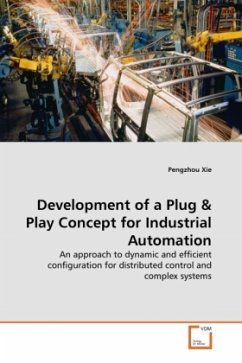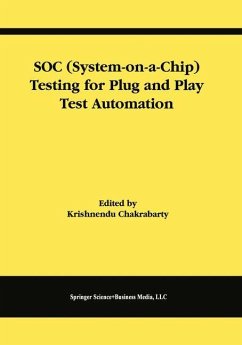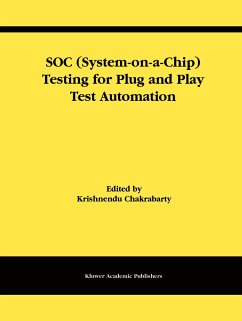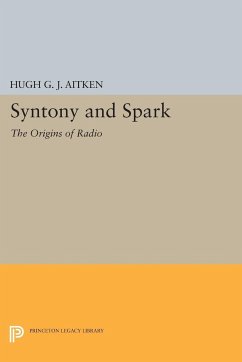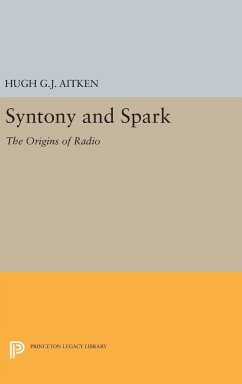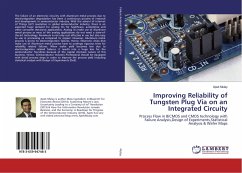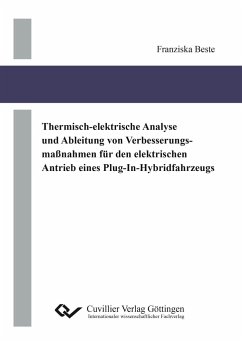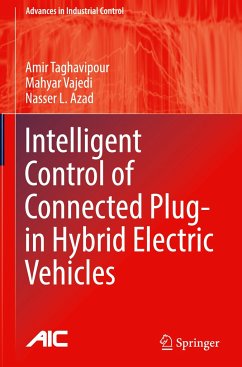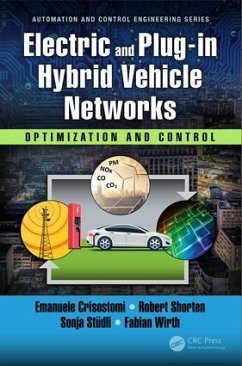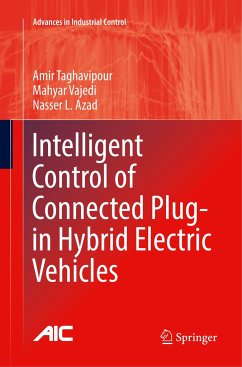
Radio Frequency Plasma Spark Plug Development and Engine Testing
Design of a quarter-wave coaxial cavity resonator for use as an ignition source for an internal combustion engine
Versandkostenfrei!
Versandfertig in 6-10 Tagen
32,99 €
inkl. MwSt.

PAYBACK Punkte
16 °P sammeln!
The Quarter Wave Coaxial Cavity Resonator (QWCCR)plasma igniter is designed, from requirements drawnfrom previous theoretical work, as an ignition sourcefor an internal combustion engine. The presentresearch has explored the implementation of the QWCCRinto an IC engine. The QWCCR design parameters ofinner conductor length, loop geometry, and loopposition were varied for two igniters of differingoperating frequency. Variations of the QWCCR RFparameters as a function of engine geometry werestudied by placing the igniter in a combustionchamber and manually varying the crank position. Three identi...
The Quarter Wave Coaxial Cavity Resonator (QWCCR)
plasma igniter is designed, from requirements drawn
from previous theoretical work, as an ignition source
for an internal combustion engine. The present
research has explored the implementation of the QWCCR
into an IC engine. The QWCCR design parameters of
inner conductor length, loop geometry, and loop
position were varied for two igniters of differing
operating frequency. Variations of the QWCCR RF
parameters as a function of engine geometry were
studied by placing the igniter in a combustion
chamber and manually varying the crank position.
Three identical igniters were fitted with dielectric
inserts and the parameters were studied before and
after ignition was sustained in a Briggs and
Stratton® V-Twin engine. Optimal resonator
geometries were determined. RF parameter invariance
was found with respect to crank angle and piston
distance. The first successful IC engine ignition
using a QWCCR was achieved.
plasma igniter is designed, from requirements drawn
from previous theoretical work, as an ignition source
for an internal combustion engine. The present
research has explored the implementation of the QWCCR
into an IC engine. The QWCCR design parameters of
inner conductor length, loop geometry, and loop
position were varied for two igniters of differing
operating frequency. Variations of the QWCCR RF
parameters as a function of engine geometry were
studied by placing the igniter in a combustion
chamber and manually varying the crank position.
Three identical igniters were fitted with dielectric
inserts and the parameters were studied before and
after ignition was sustained in a Briggs and
Stratton® V-Twin engine. Optimal resonator
geometries were determined. RF parameter invariance
was found with respect to crank angle and piston
distance. The first successful IC engine ignition
using a QWCCR was achieved.



